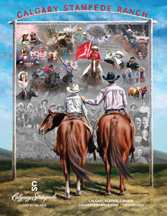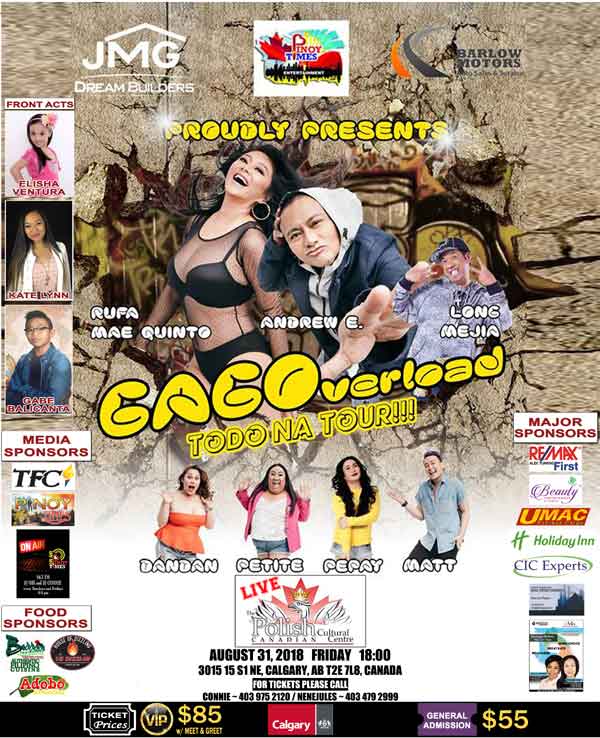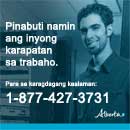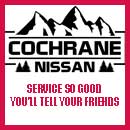- News Front Page
- Uncategorized
- Headline News
- Filipino Calgarian
- Business
- Pinoy Stories
- Community News
- Publisher's Note
- The Main Ingredient
- Views and Opinions
- Maikling Kwento
- Alberta News
- OFW – Month
- Travel News
- Health and Lifestyle
- Pinoy Toons
- Pinoy Spirit
- Entertainment
- The Philippine Lawyer
- Horoscope
- Greetings
- About Us
- Greetings From the Prime Minister
- Greetings from the President of the Philippines
- Greetings from the Premier of Alberta
- Greetings from the Mayor of Calgary
- Advertise With Us
- Disclaimer
- Subscription
Publisher's Note
- Publisher’s Note
 It was 22 years ago when I arrived in Canada and chose Calgary, Alberta to be my home. Leaving my family and friends behind, it was a new adventure for me to be in a new country without knowing anyone. That was the time I looked for a Filipino community paper and never found any, [...]
It was 22 years ago when I arrived in Canada and chose Calgary, Alberta to be my home. Leaving my family and friends behind, it was a new adventure for me to be in a new country without knowing anyone. That was the time I looked for a Filipino community paper and never found any, [...]
Visitors to Pinoytimes
Page added on February 24, 2014
Winter Safety: Sledding and Snow Safety
The Alberta Health Services Provincial Injury Prevention Team (PIPT) supports a smart risk approach to preventing injuries. Risk is a part of life. While you can’t make all risks go away, you can manage most of them. Taking smart risks means recognizing the risks of an activity and choosing to manage that risk to prevent injuries. You are not born knowing how to recognize risk and make safe decisions—you develop this as you get older and have more life experience.
Getting outside in the winter is a great way for families to be active. Your child needs to be safe while doing winter activities like sledding and playing in the snow. To help lower the risk of your child getting hurt, make sure:
- you supervise your child closely
- your child is always in a safe place
- you and your child know about any dangers
- your child does age-appropriate activities
General Winter Safety Tips
Look First
Check the weather forecast so you know how to dress for the day. Choose play areas with warm shelters nearby.
Wear the Gear
Dress in layers. Have a windproof, waterproof outer layer. Wear:
- a hat to keep the ears covered. If under 3, your child’s head is larger than the rest of the body and heat is lost quickly from the head.
- mittens instead of gloves
- warm, dry, waterproof boots that aren’t too tight
- a neck warmer instead of scarf
- clothes without drawstrings
Get Trained
Snow forts can be fun, but building tunnels can be dangerous. Tunnels can collapse and suffocate a child.
Watch your child for wet clothes, feeling chilled, frostbite, and being tired. Teach your child about frostbite and hypothermia and how important it is to dress warmly.
Sledding
Look First
Only sled when the temperature is above -19 ˚C. Think about the windchill factor.
Choose hills with a gentle slope and a long, clear run-off area. Sled on snowy hills. Stay away from icy surfaces. Make sure the hill has no jumps, bumps, holes, bare spots, and obstacles. Stay away from roads, rivers, railway tracks, and parking lots. Don’t sled over ice-covered rivers, streams, or ponds. Only go sledding in the daylight on hills that are well-lit.
Your child must be supervised by a responsible adult. If your child is under 5, have a responsible adult on the sled with him or her.
Wear the Gear
Wear a hockey or ski helmet. If you don’t have one, wear a bike helmet. To find out more information about helmets, visit www.parachutecanada.org
Check the sled to make sure it is in good shape. Use a sled with good brakes and steering. Plastic discs and inner tubes are not safe because they are hard to control.
Get Trained
Always supervise your young child. Don’t let your older child sled alone. Have an adult check the sledding area first to make sure it is safe.
Go down the hill sitting up or kneeling on the sled. Don’t go head first. Make sure your child’s arms and legs stay within the sled. Slide down the middle of the hill. Move quickly out of the way and walk up the side of the hill, away from others. If you are tired, stop and rest. If you are cold, go inside.
Reminder:
Children learn through their environment. But at the same time they don’t have the physical and thinking skills they need to sense danger or to recognize and avoid hazards. This is what makes them more likely to be injured.
Many environments are designed for adults, which is why they present hazards to children. It is important that parents and other adults know the risks and manage them for children. It is up to adults to make sure the environment is safe, make sure children are supervised, teach and enforce safety rules, and model safe behaviours.
Teens make decisions about many new kinds of risk. However, being able to assess the risks and what can happen develops as they get older. To prevent dangerous risk-taking and injuries, teens must learn how to recognize risk, manage risk, and make healthy choices. Research shows parents have more effect on their teens’ risk-taking behaviour than anyone else, including their friends. An important part of parenting teens is helping them learn to recognize and manage risks and letting them practice this. Adults should model smart risk-taking for teens.
For more information:
Winter Sport and Recreation Safety Overview www. myhealth.alberta.ca
Winter Safety www.parachutecanada.org
To learn more winter health, contact your doctor or speak to a nurse 24 hours a day, seven days a week by calling: Alberta Health Link toll free at 1-866-408-LINK (5465). Mandarin Health Link Calgary at 403-943-1554, Cantonese Health Link Calgary at 403-943-1556
Source: www. myhealth.alberta.ca
RELATED STORIES
LATEST HEADLINES
- ISKWELAHANG PILIPINO (IP) RONDALLA OF BOSTON WINS THE HEARTS OF CALGARIANS
- Pinay doctor joins Medicus Family Clinic and Pharmacy
- Multicultural Ethnic Media round table with Minister of Finance Joe Ceci together with Minister of Social Services Irfan Sabir
- Trans Mountain Pipeline keeps Canada working
- Facilitating travel to Canada while keeping Canadians safe
COMMUNITY NEWS
 A new way forward for some immigration application processing times
A new way forward for some immigration application processing times Calgary Stampede 2018 Poster
Calgary Stampede 2018 Poster Alberta celebrates first Philippine Heritage Month
Alberta celebrates first Philippine Heritage Month UPAAA Welcomes New Philippine Consul General
UPAAA Welcomes New Philippine Consul GeneralPINOY STORIES
 Duterte signs National ID System Act
Duterte signs National ID System Act- Holy Week practices in the Philippines
PINOY SPIRIT
HAVE YOUR SAY
Lorem ipsum dolor sit amet, consectetur adipiscing elit, dolor sit ipsum.PROMOTIONAL BLOCK
Lorem ipsum dolor sit amet, consectetur adipiscing elit, dolor sit ipsum.TRAVEL NEWS
PINOY TOONS
Tags
Archives

















